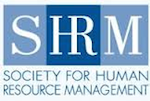Technology Is Not The Answer To Better Benefits Communication and Education
Not all benefits communication and education programs are equal. Some employers can afford to provide a highly sophisticated and glossy communication experience while others are strictly old school, providing paper handouts. Some firms have their own in-house benefit enrollment and decision support systems while others still collect paper enrollment forms. And some firms hire writers, videographers and graphic artists to create branded open enrollment videos, infographics, and glossy brochures. While their poorer counterparts provide none of this.
Using the latest technology makes a big difference in the look of benefits communication and education plans. It can also mean the difference between a streamlined and efficient program versus a labor intensive one. But does a high-tech benefits communication and education program increase understanding of the benefits offered more than a low- or no-tech program? Not really.
Technology is really good at helping us get things done. It is also good at communicating a lot of information. However, it’s debatable if it helps us to understand and act on that information. This is my take on it... Learning requires you to reflect on the information you review, but using technology is mostly about getting the task over and done with. These goals seem somewhat at odds with each other. This may explain why despite the advent of online courses, webinars and training videos, face-to-face communication is still the best way to train and learn.
Benefits Communication Gets Real
Employee benefit professionals have always used the latest technology to communicate their benefit plans. Initially they used props like flipcharts to highlight the most important aspects of the plans. Later they used overhead projectors to display plan information. Then came computer-based projectors, video, whiteboards, etc. Meanwhile, as communication and education technology methods expanded, benefit plan information became more complex.
To deal with this increasing complexity, the technology as communication and education camp went totally digital. They thought people would respond to video presentations starring talking pencils or other animated Benefits Know It All characters. They also thought that creating videos that look like PowerPoint presentations was a new, smarter way to explain complicated benefits material. And they were kinda right… The technology is clever and entertaining, but still not conducive to real learning. Because after you take the online quiz after viewing the video, chances are you still don’t know how to use the information to make real world decisions. It was simply a fun an entertaining digital experience…
The Problem With Benefits Technology Continue Reading...
Stop Making the Same Benefit Plan Communication Mistakes
Effective communication is the Achilles’ heel of the employee benefit profession. And while it is not entirely the professions fault that their efforts to inform are failing, it is its responsibility to turn failure into success. Some HR departments pull out all the stops to meet this challenge, developing innovative, award winning, hip and engaging programs. But do their efforts bear fruit? The latest employee benefits education and engagement surveys and polls suggest otherwise.
Condemned to Repeat It…
So much effort goes into developing employee benefits information that it is hard for some HR benefit pros to imagine that their work is not well-received. They spend hours drafting the perfect benefit plan memos, letters, booklets and brochures. They spend weeks and months creating and recreating benefit material for websites, intranets and social media sites. Once per year they host open enrollment meetings and fairs using the same information.
And that is the root of the problem with benefits communication—the same old stuff each year. The same open enrollment announcement memo… The same look to the benefit plan portal and website… The same approach…
This “same” way of communicating sends a subconscious message to the receiver that they too should stay the same. And many of them do keep the same health plan year after year. In fact, over the last decade, fewer workers change health plans during open enrollment.
Continue Reading...
Three Obstacles to a Successful Open Enrollment

Human Resources departments often view the annual benefits open enrollment period as one of their biggest moments. Those responsible for administering the employee benefits program are rocks stars for two to six weeks. Each year they put out their clear as mud greatest hits of benefits options. And like all bad rock stars they think they gave it their all and that their gig was the bomb.
The reality is they have a lot of obstacles to overcome to just get their show on the road.
Three Open Enrollment Obstacles: Time, Cost, and Communication
The renewal period typically occurs late in the plan year and employers have to compete for the attention of their insurance reps that are trying to service all of their employer clients at once. Additionally, both employers and insurers want to include as much of the current year's claims data in the renewal quote as possible. The more data included in the quote, the more valid and reliable the cost and premium projections. All of this waiting and back and forth negotiating limits the time HR has to prepare for and hold the open enrollment period. Continue Reading...
Benefit Professionals – Answering “Have You Heard About…” Questions
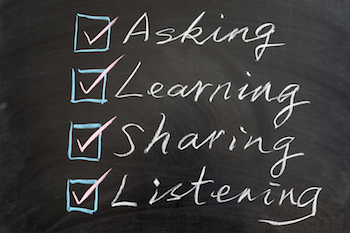
As an employee benefit pro you should get use to answering a lot of questions. Everyday your knowledge of your organization’s benefits program as well as health, life, and disability insurance and retirement plans in general is tested. Your ability to answer questions correctly and quickly will determine your reputation with employees and management.
The Difference Between Employee and Employer Questions
In general, employee questions are more “me-centric and top management questions are more global or “we-centric.” An employee may ask if the plan covers a particular medical service. Top management may ask about the cost to cover a specific benefit.
But one question that comes up from time to time by both groups is the, “have you heard about…” question. Sometimes this question is accompanied by a copy of a newspaper or magazine article or a link to a website. At other times, there is no particular reference, just a question. And the more you can answer “yes” to the “have you heard about” questions, the better your credibility and vice versa.
Continue Reading...
Learn to Explain Health Insurance to Anyone and Everyone
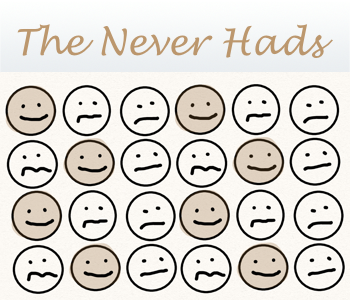
The conversation about the first open enrollment for the federal health insurance exchange is changing. From one focusing on a bum website and "cancelled" policies to who did and did not enroll in a health plan. It will take some time before we get the answer to the who enrolled question, but I am glad it is being asked. But not for the reasons some are asking it.
You see I don't care about the race or income of the enrollees. I care that people who took the time and paid the expense to obtain coverage get the most out of it. I didn't always feel this way. When I began my employee benefits career, I assumed that anyone who enrolled in a health plan understood how to use it. I was wrong. And I am so glad I learned that lesson because it is easy to go through your entire career not knowing that private health insurance is a foreign concept to millions of Americans.
This is the story of how I learned that valuable lesson.
The employee, I'll call him Jimmy, was colorful to say the least. He was a guy with a lot of personality and he really loved to talk. Fortunately, I was one of his favorite people to talk to. And I do feel fortunate to have known him because of the lessons his life taught me. And, I genuinely liked him. Continue Reading...
Who Knows You Baby! Benefits Pros Need More Face Time

Benefits professionals can sometimes feel like the stepchildren of the HR department. Often losing the spotlight to their more “outgoing” colleagues. You know, the recruiters, trainers, and employee relations folks. While we work behind the scenes ensuring our benefit plans comply with tax laws and other regulations, the other HR staff are chatting it up all day. We poke out our heads once a year to host the annual open enrollment; they host monthly supervisor training. Are they nicer than us? Do employees like them more than us? Are they more needed than us? No. Not really.
There are many reasons why benefits professionals are often anonymous at work. Sometimes their anonymity is self-imposed, but sometimes upper management shoves them in this direction.
3 Reasons for Self-Imposed Anonymity
- More comfortable dealing with technical issues than people. (Most pros I know enjoy the technical and people aspects of the job)
- Fear of being bombarded with questions. (Oddly, some benefits pros think that employees should just read the benefits materials and understand them as they do)
- Think their job is to wait for someone to ask them a question. (It's not entirely their fault as new-career pros are never encouraged or taught to offer help in advance of a problem)
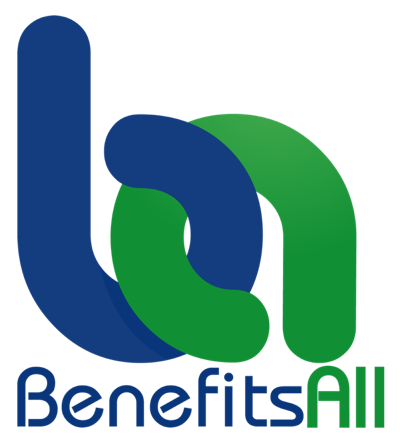
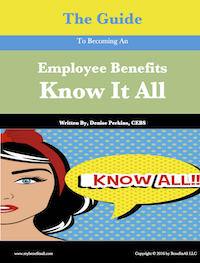
 Denise Perkins
Denise Perkins
